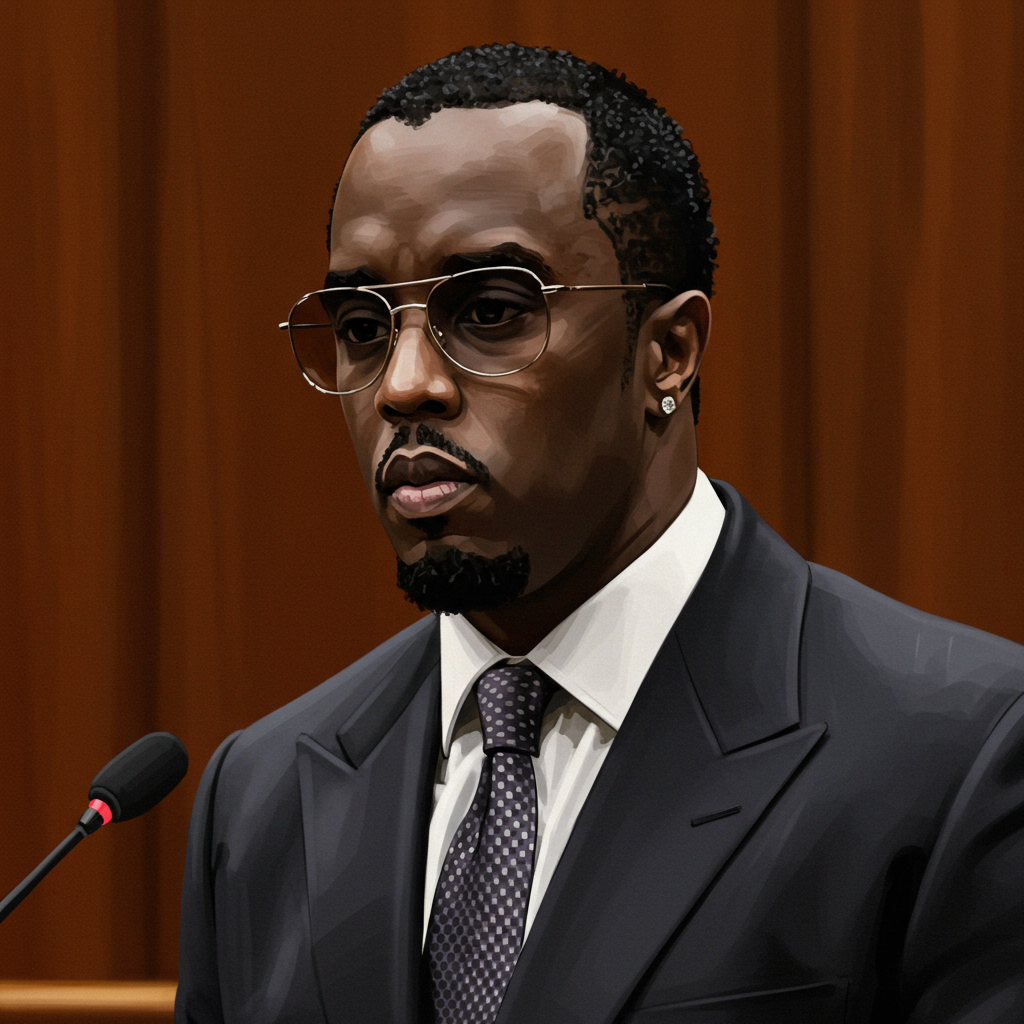Election Day 2025 is here, marking a pivotal moment in American politics. As voters head to the polls on November 4th, the results will offer the first significant gauge of public sentiment regarding President Donald Trump’s second term in office. High-stakes races are unfolding across the nation, from crucial gubernatorial contests in New Jersey and Virginia to a fiercely contested mayoral election in New York City and a contentious ballot measure in California. These elections carry immense weight, shaping strategies for both Democrats and Republicans ahead of the 2026 congressional midterms, all against the backdrop of an ongoing, historic federal government shutdown.
The Political Stakes: A Referendum on Trump’s Second Term
Today’s elections are more than just local and state contests; they represent a nationwide temperature check on the political climate under President Trump’s current administration. With the federal government enduring its longest shutdown in history—now entering its 36th day—voter frustration is palpable. While many observers blame Republicans for the impasse, approval for congressional Democrats also remains low. The outcomes in these battleground states will provide critical insights into how Americans feel about Trump’s policies and leadership nine months into his second term. This early assessment will undoubtedly influence the strategic directions of both major parties as they prepare for future electoral challenges.
California’s Redistricting Battle: Proposition 50 and Voter Fraud Claims
One of the most intensely watched battles is in California, where voters are deciding on Proposition 50. This ballot measure, championed by Democratic Governor Gavin Newsom, seeks to temporarily bypass the state’s independent redistricting commission. The goal is to redraw congressional maps in a way that could favor Democrats, potentially flipping up to five GOP-held House seats before the 2026 midterms. Newsom frames this as a necessary response to Republican-led redistricting efforts in states like Texas.
However, President Trump has vehemently opposed Proposition 50, labeling it a “GIANT SCAM” and “Unconstitutional.” He has baselessly claimed the entire voting process, especially universal mail-in ballots, is “RIGGED,” alleging Republicans are being “Shut Out.” White House Press Secretary Karoline Leavitt echoed these claims, stating the White House was investigating executive action to “strengthen our elections” and combat “blatant fraud” linked to California’s mail-in system. California Governor Gavin Newsom quickly dismissed Trump’s accusations as “The ramblings of an old man that knows he’s about to LOSE,” reflecting Democratic optimism about the proposition’s passage. Despite these controversies, prediction markets heavily favor Proposition 50’s approval.
New York City Mayoral Race: A Progressive Showdown
The New York City mayoral election is a dramatic clash of ideologies, featuring Democratic progressive Zohran Mamdani, independent Andrew Cuomo, and Republican Curtis Sliwa. Mamdani, a self-described democratic socialist, is currently polling ahead and could make history as the city’s first Muslim and South Asian mayor. His “affordability agenda,” focusing on issues like the cost of living and free bus fares, has resonated with a broad, working-class coalition.
President Trump has made his disdain for Mamdani clear, calling his platform “communist” and threatening to limit federal funding to New York City if Mamdani wins. He has openly endorsed former Governor Andrew Cuomo, urging New Yorkers to vote for him regardless of personal preference, and has also received support from figures like Elon Musk. Mamdani has directly challenged Trump, stating the President is “threatened by our campaign” because they are addressing the real crises faced by working-class New Yorkers. While some top Democrats like Chuck Schumer and Kirsten Gillibrand have not endorsed Mamdani, Senator Bernie Sanders and New York Attorney General Letitia James have publicly backed him, praising his “brilliant campaign.” Early voting numbers indicate significant turnout in this pivotal race.
Critical Gubernatorial Contests: Virginia and New Jersey
Beyond New York City, two significant gubernatorial races are unfolding, each with unique dynamics and national implications.
Virginia’s Historic Gubernatorial Election
Virginia’s election is set to make history, guaranteeing the state’s first female governor. Democrat Abigail Spanberger, a Congresswoman and former CIA operative endorsed by Barack Obama, is battling Republican Winsome Earle-Sears, the current lieutenant governor. If Earle-Sears wins, she would also become the first Black woman elected governor of any U.S. state. Spanberger’s campaign centers on economic issues, arguing that Trump’s policies have made the economy “more uncertain and expensive.” Earle-Sears, conversely, emphasizes social issues to appeal to Trump’s base, portraying Democrats as “out of step.” The outcome here will signal voter sentiment in a swing state crucial for future national elections. All 100 seats in the Virginia House of Delegates are also contested, with Democrats fighting to maintain their majority.
New Jersey’s Tight Gubernatorial Battle
In New Jersey, the race between Democratic Representative Mikie Sherrill and Republican Jack Ciattarelli, a former state assemblyman, is another critical test of Trump’s influence in a traditionally Democratic state. Sherrill, a Navy veteran, proposes initiatives like repurposing commercial spaces for residential use and expanding state childcare. Ciattarelli, running on a MAGA platform, advocates for tax cuts and smaller government. This race has seen voter intimidation allegations, with Trump’s threats of “election monitors” drawing sharp criticism from Democrats. The Department of Justice has even dispatched “election monitors” to polling sites in New Jersey. Prediction markets currently give Sherrill a strong probability of victory, but the race remains closely watched.
Republican Strategy and the “Socialist Agenda” Narrative
A coordinated Republican strategy has emerged to use the New York City mayoral candidate, Zohran Mamdani, as a national lightning rod. Various GOP groups, including the National Republican Congressional Committee (NRCC), the National Republican Senatorial Committee (NRSC), and the Republican National Convention (RNC), are actively linking Mamdani to the broader Democratic Party. Their objective is to “paint Democrats as radical and out of touch” by associating them with a “socialist agenda,” which they claim is “electoral poison.”
The NRCC, for instance, stated that Democrats are “fully embracing the socialist agenda,” citing House Minority Leader Hakeem Jeffries’ endorsement of Mamdani. The NRSC has sent numerous memos to tie Democratic primary candidates in key Senate races across the country to Mamdani, characterizing them as “radical, copy-cat Mamdanis.” The RNC even grouped Mamdani with the Democratic gubernatorial candidates in New Jersey and Virginia, asserting they “are all cut from the same far-left cloth.” This messaging reflects a calculated effort to define the Democratic Party through its most progressive elements, aiming to influence public perception nationally.
Beyond the Frontline Races: Maine’s Red Flag Law and Government Shutdown Impact
While the major state and city races dominate headlines, other significant electoral events are also unfolding. In Maine, voters are deciding on a “red flag law” to establish an Extreme Risk Protection Order. This measure, allowing family members to petition a court to restrict a potentially dangerous person’s access to guns, comes two years after the state’s deadliest mass shooting. The tragedy, caused by an army reservist whose mental state was known to authorities, highlights missed intervention opportunities. This vote reflects a national debate on gun control and public safety.
The backdrop of the federal government shutdown also casts a long shadow over all these elections. Entering its 35th day, the shutdown impacts federal workers and government services, with polls indicating widespread frustration. President Trump has actively pushed for the abolition of the filibuster to end the “ridiculous shutdown,” arguing it’s the “only option for Republicans to move forward” with their policies. This intertwining of federal gridlock with state-level elections adds another layer of complexity and potential voter motivation.
Election Outlook and Early Indicators
As Election Day progresses, early voting numbers show significant engagement across these states. Prediction markets, often seen as indicators of likely outcomes, currently favor Democratic victories in many of these key races: Mamdani in New York City (89% probability), Spanberger in Virginia (60% probability), Sherrill in New Jersey (86% probability), and Proposition 50’s passage in California (99% probability). Democratic National Committee Chair Ken Martin expressed confidence, emphasizing the party’s focus on “economic message[s]” and “kitchen table issues” as crucial for winning. Former President Barack Obama also weighed in, urging citizens to vote and highlighting the clear “dangers to our democracy,” underscoring that “elections matter.”
Frequently Asked Questions
What are the main races and ballot measures being decided on Election Day 2025?
On November 4, 2025, key elections include the New York City mayoral race between Zohran Mamdani and Andrew Cuomo, gubernatorial contests in New Jersey (Mikie Sherrill vs. Jack Ciattarelli) and Virginia (Abigail Spanberger vs. Winsome Earle-Sears), and California’s Proposition 50, a ballot measure to redraw congressional maps. Additionally, Maine voters are considering a red flag law. These races are seen as vital indicators of public sentiment regarding President Trump’s second term.
How is President Trump influencing the 2025 elections, particularly regarding voter fraud claims?
President Trump is actively involved in several races, notably endorsing Andrew Cuomo in New York City and vehemently opposing Zohran Mamdani. He has also made unsubstantiated claims of voter fraud regarding California’s Proposition 50 and universal mail-in ballots, calling them “RIGGED.” His administration has hinted at executive action to “strengthen our elections,” specifically targeting mail-in voting. These claims are shaping the narrative around election integrity and voter confidence.
What are the broader implications of these election results for the Democratic and Republican parties?
These 2025 election results are critical for both parties, serving as an early assessment of voter mood following the start of President Trump’s second term and against the backdrop of a federal government shutdown. For Republicans, the outcomes will test the efficacy of their strategy to tie Democrats to a “socialist agenda,” especially through figures like Zohran Mamdani. For Democrats, success would validate their focus on “kitchen table issues” and provide momentum heading into the crucial 2026 congressional midterm elections, helping shape their national messaging and campaign strategies.
Conclusion
Election Day 2025 is more than just a collection of individual races; it’s a critical early barometer for the political landscape of President Trump’s second term. From the intense mayoral battle in New York City to historic gubernatorial contests and a high-stakes redistricting fight in California, these elections reveal a nation grappling with ideological divides, voter frustrations over government gridlock, and persistent questions about election integrity. The results will not only determine local leadership but also provide invaluable insights into the national mood, setting the stage for the strategic battles and narratives that will define the 2026 midterm elections and beyond. As polls close and results trickle in, the full picture of America’s political direction will begin to emerge.


